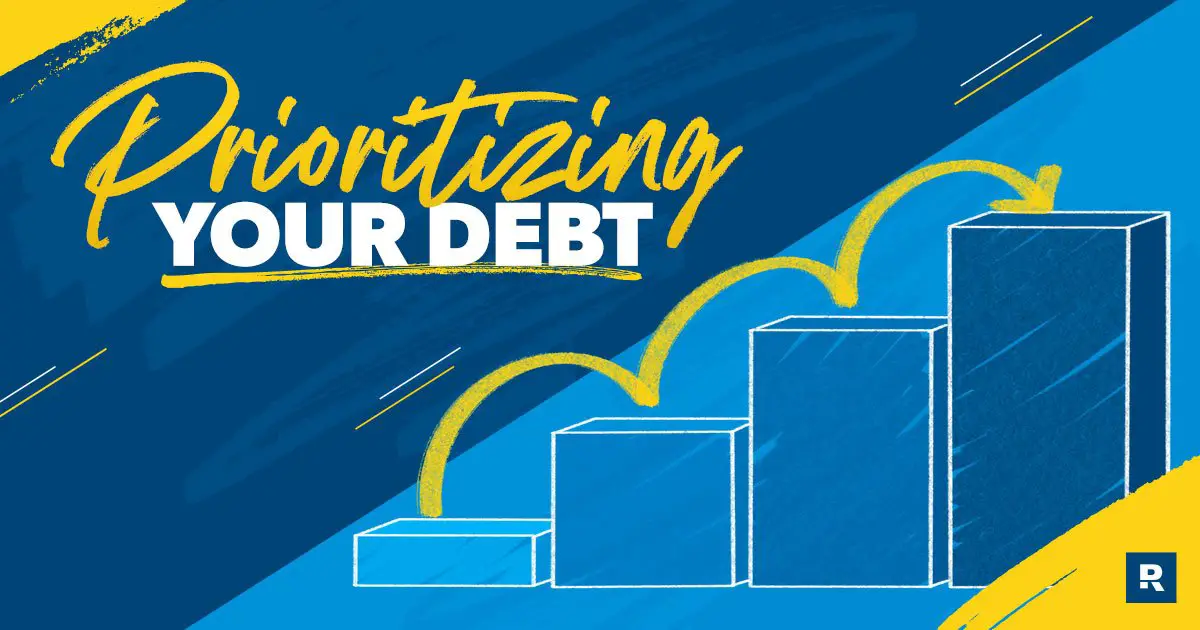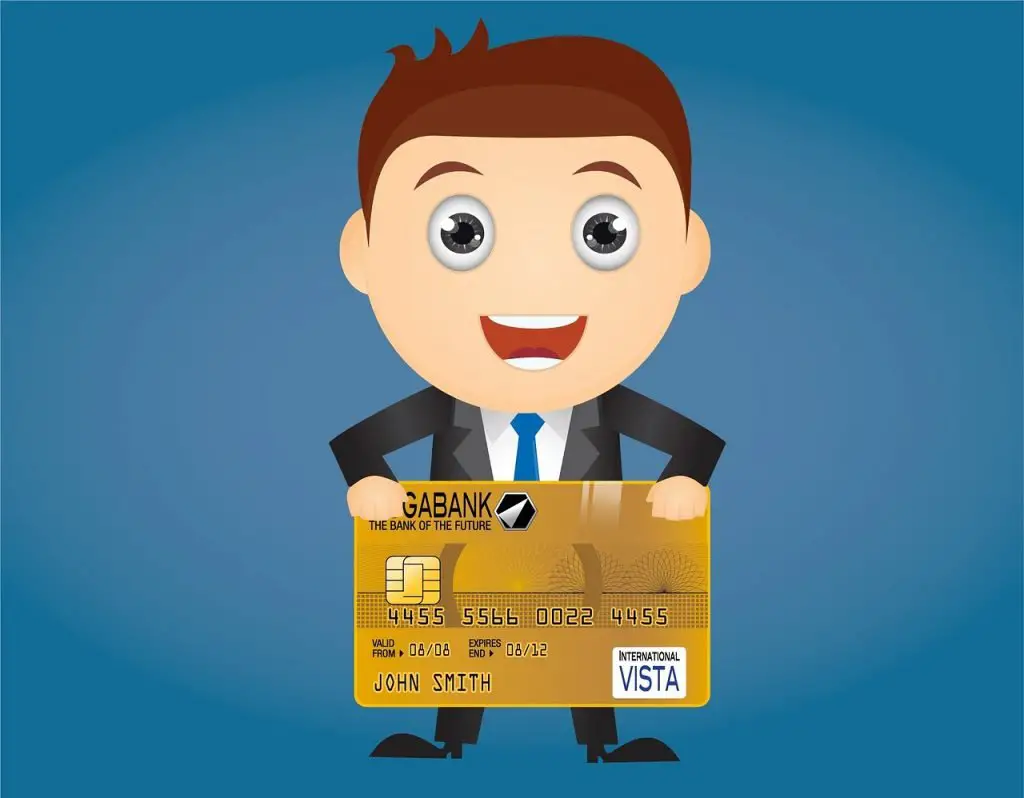Are you wondering how to prioritize debts for payment? Managing multiple debts can be overwhelming, but fear not! In this blog article, we will guide you through the process of prioritizing your debts effectively. By understanding which debts to tackle first, you can regain control of your finances and work towards becoming debt-free. So, let’s dive in and explore the best strategies for prioritizing your debts for payment.
How to Prioritize Debts for Payment
When it comes to managing our finances, dealing with multiple debts can be overwhelming. It’s crucial to prioritize which debts to pay off first to minimize interest charges, avoid penalties, and improve your overall financial situation. This article will guide you through the process of prioritizing your debts to make smart and informed decisions.
Assess Your Debt Situation
Before you start prioritizing your debts, it’s important to assess your overall debt situation. Take the following steps to gain a clear understanding of your financial obligations:
- Make a list of all your debts: Create a comprehensive list that includes the names of creditors, outstanding balances, interest rates, and minimum monthly payments.
- Review interest rates: Identify the interest rates associated with each debt. Higher interest rates generally indicate more expensive debts.
- Consider penalties: Check if any of your debts have penalties for late payments or non-payment. These penalties can add up quickly and affect your credit score.
- Assess the urgency: Evaluate if any of your debts are in immediate danger of being sent to collections or if they have the potential to damage your credit score significantly.
Rank Your Debts based on Interest Rates
Once you have assessed your debt situation, it’s time to rank your debts based on their interest rates. Prioritizing the debts with the highest interest rates will help you save money in the long run. Follow these steps:
- Identify high-interest debts: Sort your list of debts in descending order based on interest rates. The debts with the highest rates should be at the top.
- Focus on tackling high-interest debts first: Allocate a significant portion of your budget towards paying off the debt with the highest interest rate while making minimum payments on the others.
- Pay extra towards high-interest debts: Whenever possible, try to allocate additional funds towards the debt with the highest interest rate to expedite the repayment process.
- Continue down the list: Once the highest interest rate debt is paid off, move on to the one with the next highest interest rate and repeat the process.
Consider Debt Types and Consequences
While interest rates are a critical factor in prioritizing debt repayment, it’s important to consider the types of debts and their potential consequences as well. Here are some factors to take into account:
Secured Debts
- Definition:
- Secured debts are backed by collateral, such as a mortgage or an auto loan. If you fail to make payments, the lender has the right to seize the collateral.
- Prioritization:
- Secured debts should typically be prioritized as non-payment can lead to the loss of valuable assets or properties.
Unsecured Debts
- Definition:
- Unsecured debts, such as credit card debt or personal loans, are not backed by collateral.
- Prioritization:
- While unsecured debts don’t directly jeopardize assets, they can have severe consequences, including damage to your credit score and potential legal action.
Tax Debts
- Definition:
- Tax debts include unpaid taxes to the government.
- Prioritization:
- Tax debts should be given high priority as they can result in potential fines, penalties, or even legal action if not addressed promptly.
Medical Debts
- Definition:
- Medical debts arise from unpaid medical bills.
- Prioritization:
- While medical debts don’t typically incur high interest rates, they can still negatively impact your credit score. Prioritize them based on urgency and potential consequences.
Consider Emotional Factors
Apart from the financial factors, it’s also essential to consider the emotional toll that debts can take on you. Here are some aspects to keep in mind:
- Debts causing stress: Prioritize debts that are causing significant stress or affecting your mental well-being.
- Debts affecting relationships: If a debt is causing strain on your relationships, it might be wise to prioritize it to maintain harmony.
- Debts causing legal issues: If any of your debts have resulted in legal action or potential legal consequences, prioritize them to mitigate further legal complications.
Implement Debt Repayment Strategies
Once you have prioritized your debts, it’s time to implement effective debt repayment strategies. Consider the following approaches:
Snowball Method
The snowball method involves paying off your smallest debts first while making minimum payments on the larger ones. Once a small debt is paid off, the money previously allocated to it can be redirected towards the next smallest debt. This method provides a psychological boost as you witness progress and gain momentum.
Avalanche Method
The avalanche method focuses on paying off debts with the highest interest rates first, regardless of the outstanding balance. By tackling the most expensive debts, you save money on interest charges over time. This method is ideal if you’re looking to minimize overall interest payments.
Debt Consolidation
Debt consolidation involves combining multiple debts into one loan with a lower interest rate. This simplifies your repayment process and can potentially reduce your monthly payments. However, it’s crucial to carefully consider the terms and fees associated with debt consolidation before pursuing this option.
Credit Counseling or Debt Management Programs
Seeking help from credit counseling agencies or enrolling in debt management programs can provide professional guidance and assistance. These programs can help negotiate lower interest rates, consolidate debts, and create personalized repayment plans.
Monitor and Adjust Your Debt Repayment Plan
Once you’ve prioritized your debts and implemented a repayment strategy, it’s essential to monitor your progress regularly. Make adjustments to your plan if necessary and stay committed to your financial goals. Consider the following tips:
- Review your plan periodically: Regularly assess your progress and make adjustments if needed.
- Track your spending: Keep a close eye on your spending habits and identify areas where you can cut back to allocate more funds towards debt repayment.
- Stay motivated: Celebrate each milestone and use motivational techniques to stay on track.
- Seek professional advice: If you’re struggling to manage your debts, consider seeking assistance from a reputable financial advisor or credit counselor.
Prioritizing your debts for payment is a crucial step in taking control of your finances and achieving financial stability. By assessing your overall debt situation, ranking debts based on interest rates and consequences, and considering emotional factors, you can create a practical debt repayment plan. Implementing effective debt repayment strategies and regularly monitoring your progress will help you regain financial freedom and peace of mind. Take charge of your debts today and set yourself on the path to a brighter financial future.
How Do I Prioritize My Debts?
Frequently Asked Questions
Frequently Asked Questions (FAQs)
How do I prioritize my debts for payment?
When it comes to prioritizing debts for payment, here are some steps you can follow:
Which debts should I prioritize for payment?
The debts you should prioritize for payment are those with higher interest rates or those that are essential for maintaining basic needs, such as mortgage or rent payments, utility bills, and necessary medical expenses.
Should I pay off debts with the highest interest rate first?
Generally, it is advisable to prioritize debts with the highest interest rates first. By doing so, you can reduce the amount of interest you’ll pay in the long run, saving you money and allowing you to pay down your debts faster.
What if I have multiple debts with similar interest rates?
If you have multiple debts with similar interest rates, you can consider focusing on the one with the smallest balance first. This approach, known as the snowball method, can provide a psychological boost as you quickly pay off smaller debts, motivating you to continue tackling larger ones.
Can I negotiate with creditors to prioritize certain debts?
Yes, you can try negotiating with your creditors to prioritize certain debts. Contact them and explain your situation, expressing your commitment to paying off your debts. They may be willing to work with you to develop a payment plan that aligns with your priorities.
Should I consider debt consolidation to prioritize my debts?
Debt consolidation can be a useful option for prioritizing and managing your debts. By combining multiple debts into a single loan with a lower interest rate, you can simplify your payment process and potentially save money on interest.
Is it necessary to create a budget when prioritizing debts?
Creating a budget is essential when prioritizing debts. A budget helps you understand your income and expenses, enabling you to allocate funds towards debt payments more effectively. It also allows you to identify areas where you can cut back on expenses and redirect those savings towards paying off your debts.
What happens if I cannot pay all my debts at once?
If you cannot pay all your debts at once, it’s important to communicate with your creditors. Contact them and explain your situation, proposing a realistic payment plan based on your financial capabilities. Many creditors are willing to work with you to find a solution that suits both parties.
Final Thoughts
When it comes to prioritizing debts for payment, there are a few key factors to consider. Start by assessing the interest rates and terms of each debt. Higher interest rates typically indicate that you should prioritize those debts first. Next, evaluate any debts that could result in serious consequences, such as repossessions or evictions, and prioritize accordingly. Additionally, consider the potential impact on your credit score. By focusing on debts with the highest interest rates, imminent consequences, and significant credit score effects, you can effectively prioritize your payments and work towards becoming debt-free.



